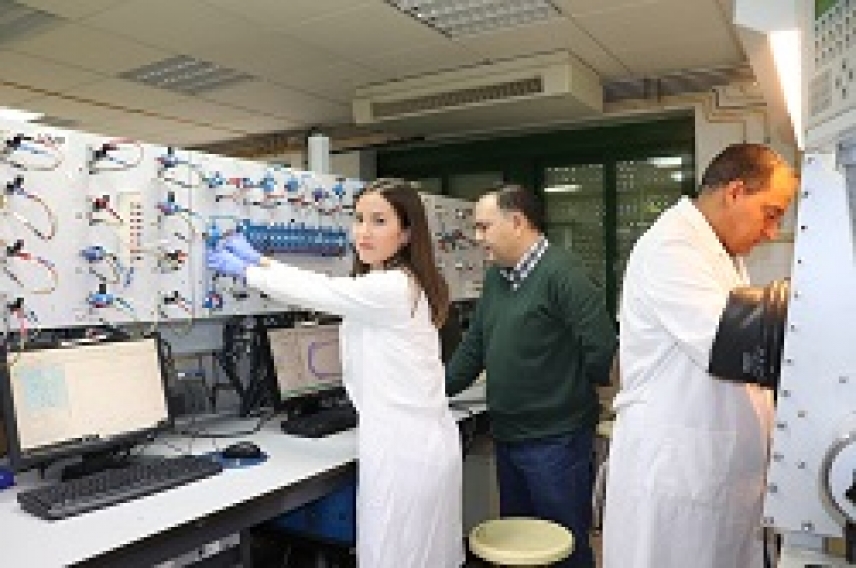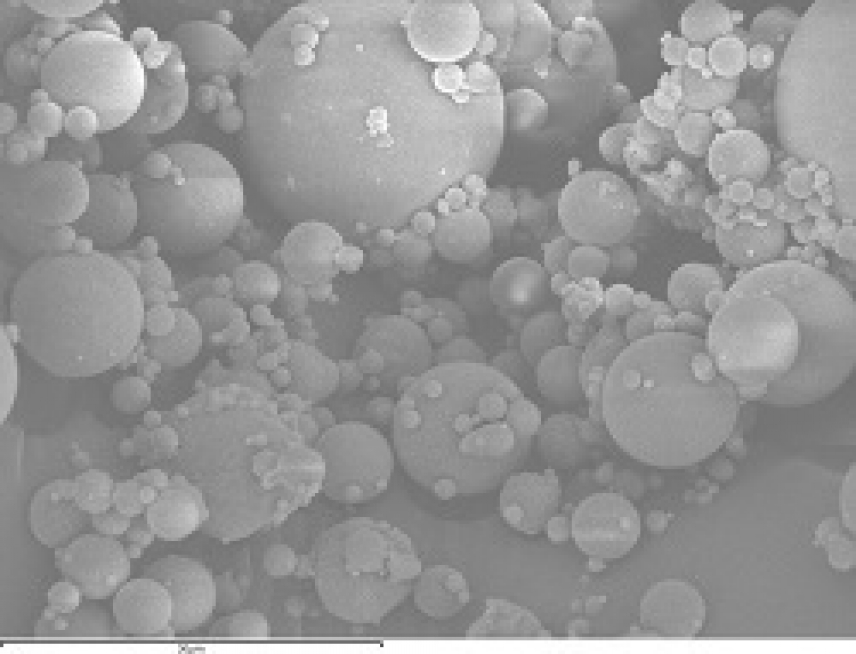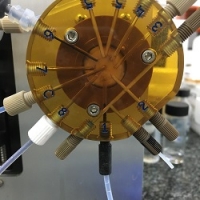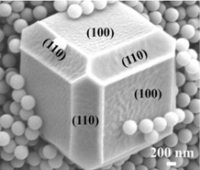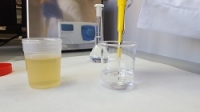Calcium passes the test to substitute lithium in rechargeable batteries for electric cars
Escrito por UCC+iResearch at the University of Cordoba shows the potential of calcium to be a component of batteries in the future at an theoretical and experimental level, due to it polluting less and its plentiful supply
One possible solution to pollution in cities from combustion engines is the use of electric vehicles. Currently lithium ion batteries are the most commonly used in electric vehicles. However, they are not free from problems. Foreseeably, lithium resources will be insufficient to cover the battery market in the future. In addition, lithium batteries are not as safe as can be and they contain toxic components that are environmentally damaging.
Concrete made from coal ashes proves to be just as resistant as concrete from quarry aggregates
Escrito por UCC+iA University of Cordoba research team in partnership with the University of Navarra successfully uses waste from thermoelectric plants instead of natural resources to make concrete for structural use and demonstrates that it has the same characteristics for construction.
Overexploitation of quarries in order to obtain sand and gravel needed to produce concrete is currently one of the most challenging environmental issues. Rocks are not inexhaustible, though they may seem. So, for years the scientific community has been searching for a way to manufacture concrete without depleting the Earth’s crust. This is done by approaching the issue from different perspectives. This is the case of two University of Cordoba research teams that worked together in order to obtain a material that is just as sturdy and durable, but more sustainable. This was done by chemists and engineers working closely together.
A new analysis system is able to identify pollutants from cosmetics in seawater
Escrito por UCC+iA University of Cordoba study, in partnership with the University of the Balearic Islands, uses carbon-coated titanium dioxide nanotubes to analyze samples affected by parabens from lotions and shampoos
A University of Cordoba research group has designed a method that detects the presence of pollutants in seawater in a faster and more efficient way and also at very low concentrations. Specifically, the team from Cordoba, in partnership with the University of the Balearic Islands, focused on several substances used as preservatives in soap, lotion and deodorant, which end up in the sea. Concerns about parabens and triclosan have been voiced from different sectors, and the European Commission has been monitoring these substances and limited their use. Parabens and triclosan keep bacteria and fungi from damaging shampoo and toothpaste, but they become a real problem once they get to the sea, where they affect the marine ecosystem. Identifying their presence contributes to the design of measures that correct their effects. This is the idea behind the work on the system designed by the University of Cordoba.
Porous materials make it possible to have nanotechnology under control
Escrito por UCC+iA University of Cordoba research team is able to stabilize different metallic nanostructures by encapsulating them in porous monocrystalline materials
Half metal, half organic structure, like Robocop himself, is the material known as MOF, short for Metal Organic Framework. MOF has been developed by scientists and applied to a myriad of products from sorbents to batteries for electronic devices. This material emerged from the nanotechnology revolution that turned material design upside down and facilitated the improvement of chemical processes. MOFs are a new organic and inorganic hybrid material made up of metallic nodes and organic links characterized by their porosity, that is to say, by the intermolecular spaces that it is comprised of.
Artificial intelligence combats the noise from diesel engines
Escrito por UCC+iSeveral University of Cordoba research teams have created a new system to predict the sound from these engines depending on the chemical physical composition of the biofuel
For years now, diesel engines have been one of the greatest competitors in the car industry. In spite of their advantages such as durability and affordability, one of their weaknesses continues to be the noise they produce. Now, a new model, designed by several University of Cordoba research groups, allows for predicting this noise depending on the chemical physical composition of the biofuel that powers the engine.
A tool based on the use ofcarbon nanoparticles enables detection of antidepressants in urine samples
Escrito por UCC+iThe test can be used to monitor therapeutic dosages, for cases of intoxication due to overdose or at a forensic level
A University of Cordoba research group has designed a tool that enables detection of antidepressants in urine samples in low concentrations. This new method is based on the developmentof a new material, based on carbon nanotubes, on the inside of pipette tips, the kinds that are normally used in analysis laboratories.


